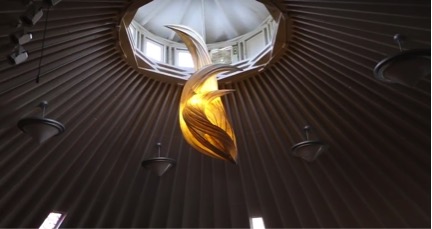Light and Paper: An interview with William Leslie
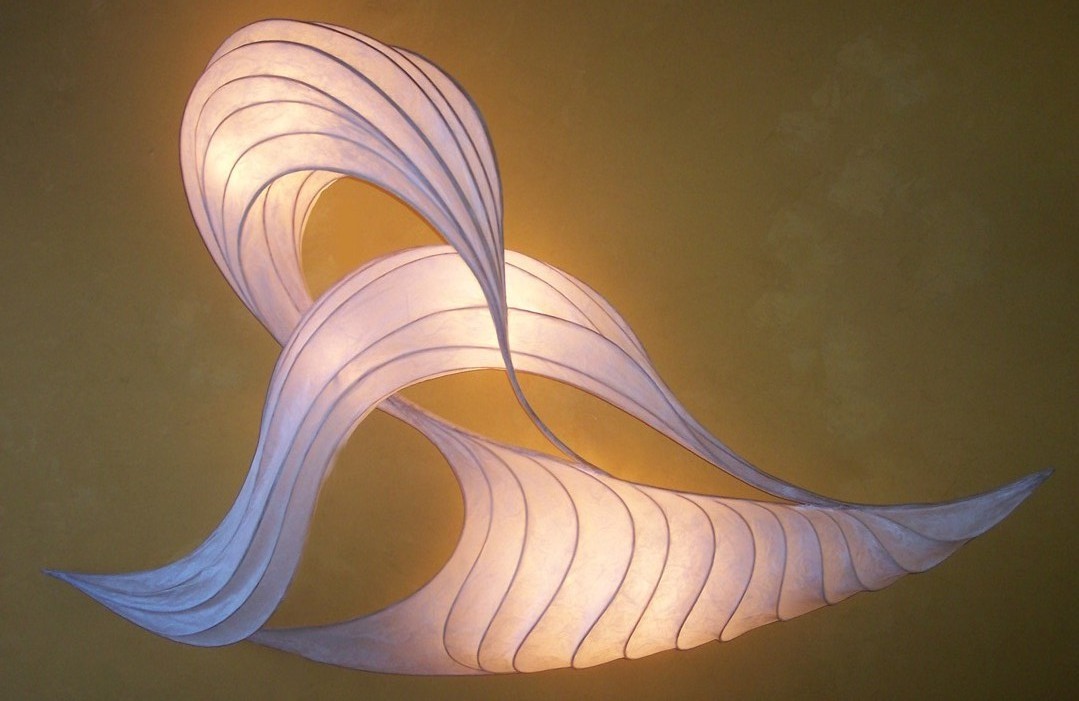
Born in the 1940s in California, William Leslie grew up surfing the beaches of Southern California and hiking the Sierra foothills in between jaunts across India and Hawaii. Leslie’s background includes degrees in physics and philosophy. He served as an infantry soldier in Vietnam and as a Peace Corps Volunteer in India. Presently, he teaches philosophy at Palomar College in the San Diego area and maintains a small studio in his home designing and producing “Lightsculptures” with his wife Alessandra for homes, restaurants, hospitals, businesses and religious institutions throughout the country.
William Leslie and Alessandra Colfi speak about their work
Transcribed from a video interview
https://www.youtube.com/watch?v=iiT1ucOgSgs
Leslie: I liked to call them light sculptures originally I called them lanterns because they were more like a craft than an art form but gradually over the years the become more and more unique works of art and so I changed the name to light sculptures
Back in 1976, one of the members of the house hold who w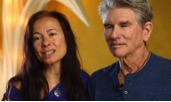 as trained as an architect had developed this form of bend woods gluing them together using a hot melt glue gun and then covering them with paper that has been saturated with white glue the moment I saw one I was immediately attracted to it.
as trained as an architect had developed this form of bend woods gluing them together using a hot melt glue gun and then covering them with paper that has been saturated with white glue the moment I saw one I was immediately attracted to it.
What inspires me to make the particular forms that I do if you look at them of course most people would see natural forms like we see in shells perhaps the flowing patterns in grains of wood the wings of butterflies one of my favorite inspirations the black sand on the beach at low tide as the tide goes out and leaves the heavier black iron filings behind I often see some 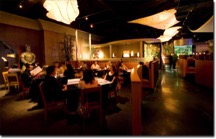 very interesting patterns.
very interesting patterns.
when I started this art form I remember thinking to myself “oh Im going to run out of designs in two or three years” you know there are only so many forms in 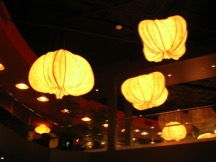 nature and surly I will have exhausted them and then I will move on to something else. And I found that to be actually the opposite that the more I apply myself to this art form the more ideas I have that I want to explore I have more ideas than I have time to apply myself to, but I think that is probably what defines an art form is there is always more to do more inspiration then one can possibly accomplish
nature and surly I will have exhausted them and then I will move on to something else. And I found that to be actually the opposite that the more I apply myself to this art form the more ideas I have that I want to explore I have more ideas than I have time to apply myself to, but I think that is probably what defines an art form is there is always more to do more inspiration then one can possibly accomplish
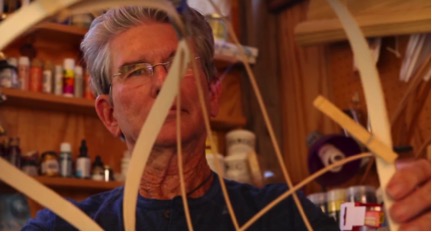
when it comes to creating a new piece. As I see it created in front of me often, and you will hear this from artists and poets as well, It seems like the object takes on a life of its own and to watch that happening even though its coming through you, its often surprising and there is a certain creative joy. In fact that’s what I would call it –creative joy. I think its one of the most fulfilling things in life.
[applying the paper] This is a very contemplative process, so its not as exciting as the design, but its very pleasant, meditative. In my work, I hope that it conveys a sense of serenity. One of the purposes of my work is for people to put something in their home, in their environment which when they look at it gives them a sense of inner peace. There has been some research done by neuroscientists that show that when the brain is on art, your brain on art experiences a sense of pleasure looking at flowing forms.
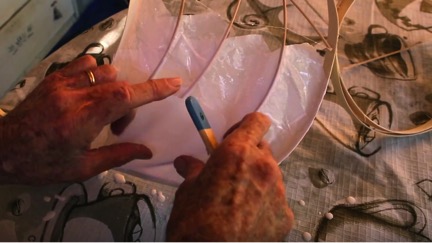
Colfi: well I started helping William making his light sculptures about eight years ago when we met. He showed me and Ive never seen this form of art and I was truly fascinated. And as a mixed media artist I thought well I’ll give it a try, we also decided to get married under a beautiful Ner Tamid the eternal light, light sculpture that William had created a few years before. So that light sculpture that was above our heads at our wedding is now in a Unitarian university’s fellowship in vista, and people really enjoy the combination of being in a sacred space, in a space of worship but also space of community and they love to mediate under that light sculpture
